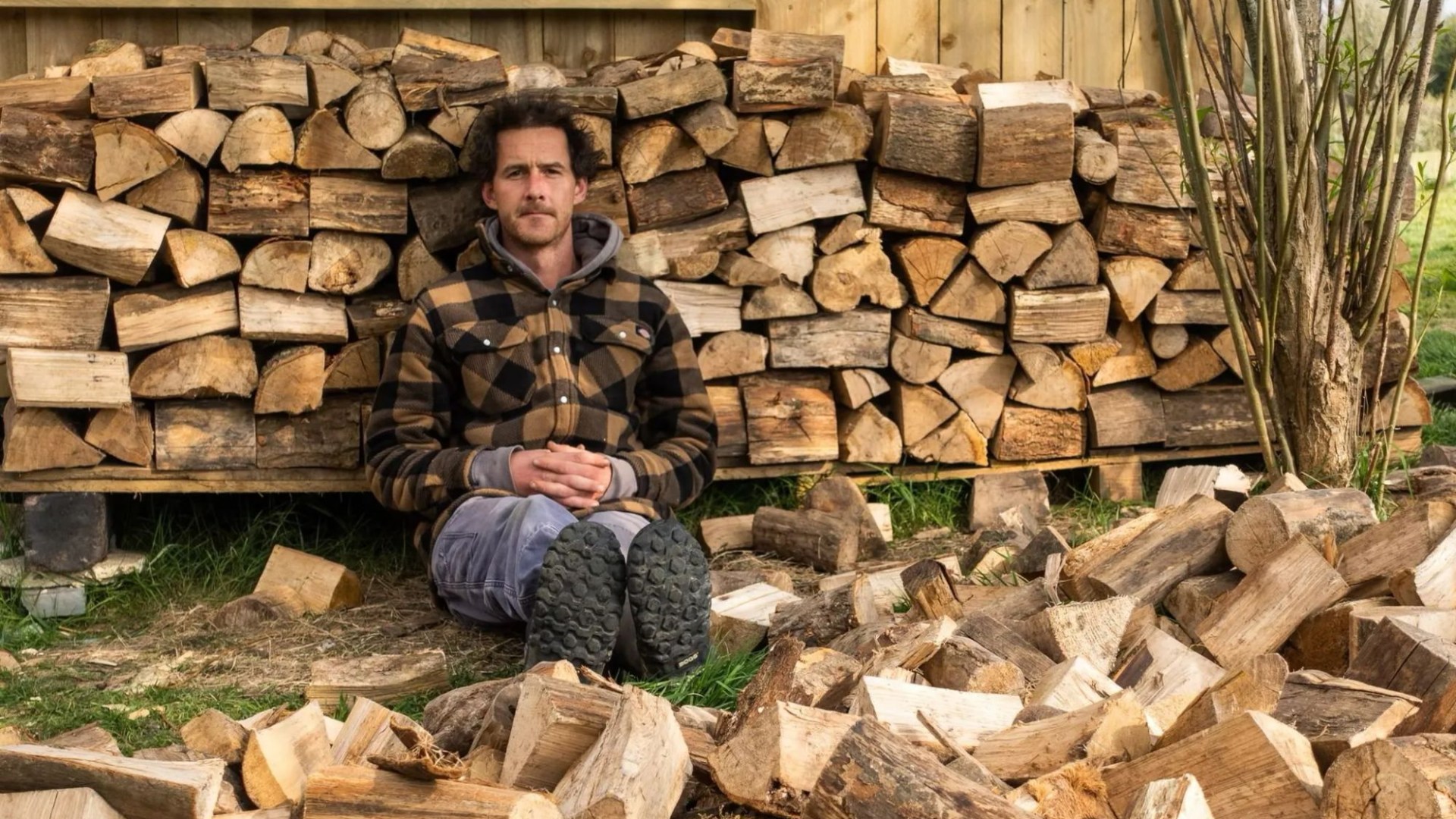Welcome to FT Asset Management, our weekly newsletter on the movers and shakers behind a multitrillion-dollar global industry. This article is an on-site version of the newsletter. Subscribers can sign up here to get it delivered every Monday. Explore all of our newsletters here.
Does the format, content and tone work for you? Let me know: harriet.agnew@ft.com
One thing to start: It was great to see so many of you at our Future of Asset Management North America event in New York last week. If you missed it, catch up on the video on demand here.
And one scoop: UK chancellor Rachel Reeves is considering dropping an inheritance tax element of her non-dom crackdown after warnings it would cause an exodus of wealthy people and bring in little revenue.
In today’s newsletter:
-
How trading firms stole a march on big banks
-
Vanguard plans fresh push into active fixed-income market
-
Global egg price surges as avian flu hits supplies
How trading firms stole a march on big banks
After decades of investment banking dominance, a new breed of upstart firms now rule the roost in global markets.
This must-read analysis by my colleagues Joshua Franklin and Costas Mourselas is the first in an FT series on the trading giants that have risen to challenge investment banks.
It explores how non-bank trading firms such as Ken Griffin’s Citadel Securities, Jane Street and Susquehanna have seized market share from banks in a number of key markets, including equities, bonds, commodities and derivatives. They have garnered an edge through enormous investments in technology.
This new breed of trading titans were generally set up around the turn of the millennium, just as the raucous trading pits in Chicago, New York and London were losing influence and electronic trading was in the ascendant. Regulations after the 2008 financial crisis further hampered the big banks.
These newer trading firms look very different to the banks they have usurped. They hire legions of PhDs and engineers to develop sophisticated trading algorithms, which buy and sell securities in microseconds.
“The banks just didn’t appreciate how electronic markets and the efficiency of these firms would ultimately make them the dominant force in trading,” said Rob Creamer, president of Chicago-based firm Geneva Trading.
“Banks made big money quoting trades on the phone and didn’t care to prioritise a low-margin business like electronic market making — it was hardly going to pay for the new headquarters in Manhattan.”
Banks still retain an advantage, controlling the calendar for new issues of securities via stock offerings and debt deals. But non-bank firms are increasingly coming for market share in traditional areas of strength for banks, including foreign exchange and the debt markets, which have been more opaque and slower to electronify.
Critics wonder if the increasing market share of these more lightly regulated firms may spell trouble for markets in future.
“Regulators need to look at the top 15 players in trading volume, and should be agnostic if it’s a bank or a hedge fund or proprietary trading group, because there is inherent risk when somebody has too big of a market share,” said the head of a proprietary trading firm. “If they go down, they could take liquidity and cause stress in the market.”
Read the full story here
Vanguard CEO unveils fixed-income push
Vanguard famously revolutionised the equity market with its low-cost products that track an index, driving down prices and becoming the world’s second-largest money manager in the process.
Now it is coming for the bond market. At the FT’s Future of Asset Management event in New York last week, Vanguard’s new chief executive Salim Ramji announced the $9.7tn asset manager was planning a push into fixed income investing.
Fixed income “is going to be more important as people retire . . . it’s going to be more important in, at least our view is, the long term rate environment”, Ramji told my colleague Brooke Masters in a keynote interview.
“If you think of the fixed income market today . . . it’s far more antiquated, it’s far less transparent, far more expensive.” Around 10 per cent of the firm’s assets are already in active fixed income. “I think there’s an opportunity that Vanguard has to change that dynamic,” he added.
Ramji criticised the fixed-income market for high fees and lack of transparency, which he said benefited firms more than their clients. “The opportunity set is vast when you look at the fixed-income market. It’s twice the size of the equity market and the inefficiencies in fixed income are extraordinary.”
Ramji, the first outsider to lead Vanguard since its founding in 1975, also addressed the technical and service failures that have plagued the manager in recent years as the industry has rapidly modernised, and acknowledged that the firm had “let down” its customers. “We have some work to do,” said the former top executive at BlackRock, Vanguard’s main competitor.
He also walked a fine line around the firm’s decision to support none of the environmental or social shareholder proposals that it considered in the 2024 proxy season.
Ramji said: “We don’t dictate to companies what their strategy should be, we don’t push a particular agenda.”
Chart of the week

Prices for eggs have soared as devastating bird flu outbreaks around the world and shifting consumer tastes put pressure on supplies, write Josephine Cumbo and Susannah Savage in London.
Global average prices are 60 per cent higher than in 2019, according to analysts at Rabobank, a rapid appreciation has led to political point-scoring by vice-presidential nominee JD Vance on the US election campaign trail. Egg shortages have also created temporary curbs to McDonald’s breakfast service in Australia.
A key factor in surging prices has been the devastating outbreaks of avian flu in North America and Europe, which have led to the culling of tens of millions of laying birds.
Roughly 33mn commercial laying hens and pullets were culled in the US between November 2023 and July this year, hard on the heels of another bird flu outbreak in 2022 that culled 40mn layers, Rabobank found.
“The lingering effects” of bird flu have been compounded by rising demand, said Karyn Rispoli, managing editor of eggs at Expana, a commodity trading data provider.
She said consumers were also switching to eggs as a more affordable source of protein than meat. Concerns about the carbon footprint of meat consumption was also driving demand for eggs, added Rabobank.
These factors had led to Americans paying more than three times as much for eggs today than five years ago, Rabobank said. In comparison, South African egg prices had only doubled in the same period while Russia, Japan, Brazil and Europe and India had experienced price rises of between 50 and 90 per cent, it added.
Five unmissable stories this week
David Hunt, the chief executive of $1.3tn asset manager PGIM said he was concerned about “layered leverage” that private equity firms are using to return cash to investors and urged regulators to insist on more transparency about complex forms of debt.
Legal & General has appointed Eric Adler from US insurer Prudential Financial as chief executive for its newly created asset management division, picking a US executive with expertise in private assets in a signal of how it plans to grow the UK’s largest asset manager.
The barbell tolls for fixed income investing, writes Huw van Steenis, vice-chair at Oliver Wyman. A trend long associated with equity investing is now playing out in the bond markets.
Nuveen, the wholly owned subsidiary of US teachers pension fund TIAA with $1.2tn in assets under management, is set to open its first Middle East office in Abu Dhabi, becoming the latest asset manager to bet on the fledgling financial hub.
Steven Fine, the chief executive of investment bank Peel Hunt, has warned of a looming “cliff edge” for UK small cap stocks if the government scraps inheritance tax relief on Aim-listed companies.
And finally

Last weekend I attended the Wigtown Book Festival in south-west Scotland, now in its 26th year. I heard William Dalrymple talk about why India was Ancient Asia’s intellectual and technological superpower; Buddhist monk Gelong Thubten on finding strength in adversity; Pip Thornton speak about how Google sells your words; and a delightful performance by poet and comedian Pam Ayres, which had us all in stitches and rapturous applause. Highlights at Wigtown this week include a series of culinary events hosted by guest curator Coinneach MacLeod, aka the Hebridean Baker. There will also be appearances from National Chef of Scotland Gary MacLean; MasterChef finalist Sarah Rankin; and Sanjana Modha Sanjana, creator of amazing modern Indian cookery. Until October 6.
Meanwhile the Josephine Hart Poetry Hour returns to the British Library in London on Thursday. The likes of Brian Cox, Nicole Ansari-Cox, Tim McInnerny and Joely Richardson will read aloud the poetry of the natural world. Tickets available here
Thanks for reading. If you have friends or colleagues who might enjoy this newsletter, please forward it to them. Sign up here
We would love to hear your feedback and comments about this newsletter. Email me at harriet.agnew@ft.com

















































































































































You must be logged in to post a comment Login